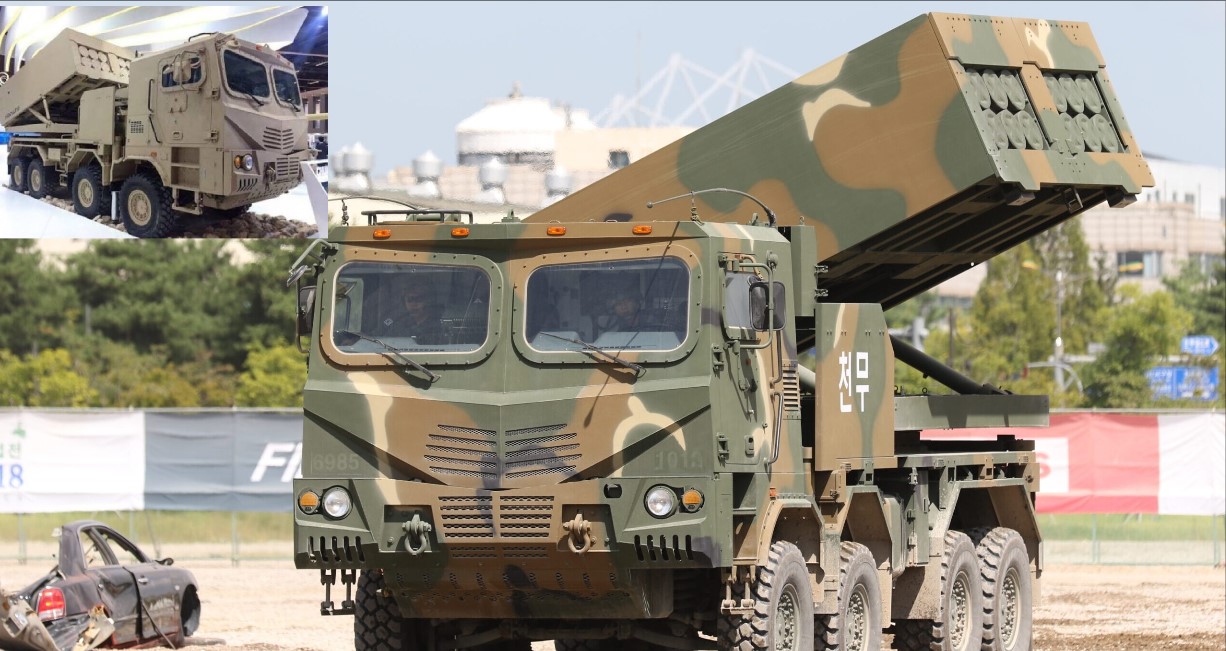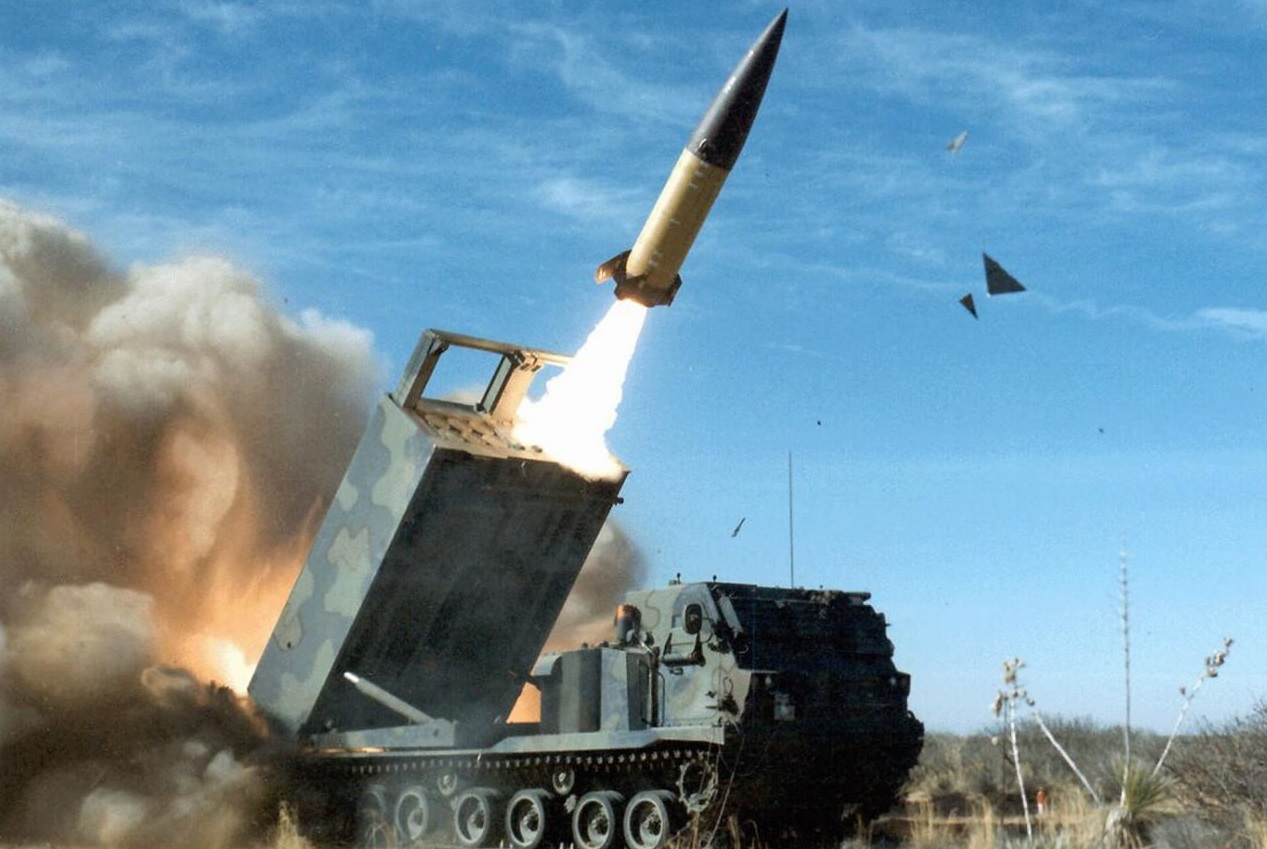Elon Musk’s SpaceX Plans for 30-Minute Starship Flights from America to India Could Revolutionize Travel

Imagine taking a flight from the United States to India in just 30 minutes. That once-unbelievable dream is now at the center of SpaceX’s latest ambition, spearheaded by billionaire entrepreneur Elon Musk. Musk, a towering figure in technology and space innovation, is venturing into new territory with the goal of fundamentally transforming long-distance travel using his company’s advanced Starship spacecraft. The vision is grand, the technology unprecedented, and the potential impact on global connectivity mind-blowing.
For years, Musk has made waves with his ventures, from electric cars at Tesla to privatizing space travel with SpaceX. Now, he’s aiming to make intercontinental journeys nearly instantaneous. The announcement comes amid an exciting backdrop: Musk is co-leading the newly formed Department of Government Efficiency (DOGE) with another influential figure, Vivek Ramaswamy, as part of efforts to modernize government operations. This endeavor is emblematic of Musk’s approach—always futuristic, always ambitious. And this latest push, what SpaceX is calling its “Earth-to-Earth” travel concept, could bring about a paradigm shift in how humans move across the globe.
The essence of SpaceX's plan involves converting its Starship rockets, initially designed for space exploration, into super-fast orbital planes. These rockets would travel briefly into the lower reaches of space, enabling them to cross vast distances at incredible speeds before landing. According to initial reports, a journey from San Francisco to Delhi could be completed in 30 minutes, a trip that currently takes over 15 hours on a standard commercial flight. Similarly, a hop from New York to Shanghai would take a mere 39 minutes, compared to almost 15 hours with traditional airliners.
How exactly would these Starship rockets work for ultra-fast human transportation? Rather than flying within the Earth's atmosphere, they would exit the stratosphere, making a quick trip through the vacuum of space and then re-entering at the destination point. The advantage is that traveling through the near-vacuum of space allows for much higher speeds with significantly lower air resistance. The spacecraft’s peak velocity would outstrip anything commercial aviation currently offers. These journeys would operate with the precision of orbital mechanics, requiring highly coordinated launches and landings, and supported by carefully engineered infrastructure at strategic global hubs.
Each Starship rocket is designed to carry up to 1,000 passengers, creating the capacity for mass transit across continents like never before. For comparison, modern long-haul aircraft typically carry between 200 to 300 passengers. This increase in capacity would be a game-changer, significantly reducing flight times and offering a new realm of possibilities for people and businesses. Just imagine the economic impact of reducing global travel times by 2,200%, as experts estimate. This kind of leap in technology could open up unprecedented opportunities for international business, tourism, and even emergency medical transportation.
What’s fueling this rapid progression? In the aftermath of Donald Trump's presidential win, there was an influx of ideas to revamp American infrastructure, and the Federal Aviation Administration (FAA) has become more open to exploring innovative approaches to aviation and space travel. Although approvals are still pending, Musk’s confidence is growing. In response to a viral post about the FAA potentially green-lighting the project, he enthusiastically responded, “It’s now possible.” His optimism comes from an increasing interest among governments and the public alike in technologies that push the boundaries of what was once deemed feasible.
Musk’s motivations aren't limited to speed alone; the concept of ultra-fast travel is also about enhancing global connectivity. The ability to traverse continents in mere minutes could revolutionize international relations and make the world feel more interconnected than ever. Critics, however, raise questions about the logistics, cost, and environmental impact of these high-speed spaceflights. Although Musk and his team have yet to release comprehensive details about ticket pricing, they claim that economies of scale could make the service competitive with premium-class air travel.
The Daily Mail and other sources have highlighted that SpaceX’s Starship could make trips between Los Angeles and Toronto in 24 minutes, or between London and New York in just 29 minutes. Such incredible speeds dwarf even the fastest current air travel options. With the backing of powerful political figures and public enthusiasm, Musk believes that the world may soon witness the dawn of this new travel era. While skeptics debate the practicality and safety of these spaceflights, there’s no denying the allure of Musk’s vision: a planet where distance is no longer a barrier.
In the end, as SpaceX continues its journey toward making ultra-fast travel a reality, one can’t help but wonder how this innovation might reshape our global landscape. Will the promise of crossing continents in under an hour be our new normal? With Elon Musk at the helm, it seems that the future might just arrive faster than anyone anticipated.


